Growing Awareness of Vein Health
Increased awareness regarding vein health and related disorders is significantly impacting the vein illuminator market. Educational campaigns and initiatives by healthcare organizations are informing both patients and practitioners about the importance of early detection and treatment of venous conditions. This heightened awareness is leading to a greater demand for vein illuminators, as they facilitate the identification of veins for procedures such as venipuncture and IV insertions. The vein illuminator market is expected to benefit from this trend, as more healthcare providers recognize the value of these devices in improving patient care. As a result, the market is anticipated to witness a steady growth trajectory, with an estimated increase in sales by 15% over the next few years.
Increase in Geriatric Population
The growing geriatric population in the United States is a critical driver for the vein illuminator market. As individuals age, they often experience various health issues, including vascular problems that necessitate medical interventions. The demand for effective vein visualization tools is rising as healthcare providers seek to accommodate the needs of older patients. This demographic shift is prompting hospitals and clinics to invest in vein illuminators to enhance their service offerings. The vein illuminator market is likely to see a corresponding increase in demand, with projections indicating a potential growth of 20% in the next five years, driven by the need for improved patient care in this age group.
Technological Innovations in Medical Devices
The vein illuminator market is being propelled by continuous technological innovations in medical devices. Manufacturers are investing in research and development to create advanced vein illumination systems that offer enhanced visibility and accuracy. Features such as LED technology, portable designs, and user-friendly interfaces are becoming standard in new products. These innovations not only improve the efficiency of medical procedures but also contribute to better patient experiences. The market is likely to see a significant uptick in adoption rates as healthcare facilities upgrade their equipment to incorporate these advanced technologies. As a result, the vein illuminator market is projected to expand, with an expected market value reaching $200 million by 2027.
Rising Demand for Minimally Invasive Procedures
The vein illuminator market is experiencing a notable surge in demand due to the increasing preference for minimally invasive procedures among healthcare providers and patients. This trend is driven by the advantages of reduced recovery times, lower risk of complications, and enhanced patient comfort. As healthcare facilities strive to improve patient outcomes, the adoption of vein illuminators is becoming more prevalent. According to recent data, the market is projected to grow at a CAGR of approximately 8% over the next five years, indicating a robust expansion in the vein illuminator market. This growth is likely to be fueled by advancements in technology that enhance the efficacy and accuracy of these devices, making them indispensable in various medical settings.
Regulatory Support for Advanced Medical Technologies
Regulatory support for advanced medical technologies is playing a pivotal role in the growth of the vein illuminator market. Government agencies are increasingly recognizing the importance of innovative medical devices in enhancing patient care and are streamlining approval processes for new products. This supportive regulatory environment encourages manufacturers to develop and introduce cutting-edge vein illumination solutions. As a result, the market is likely to experience a surge in new entrants and product offerings, fostering competition and innovation. The vein illuminator market is expected to benefit from this trend, with an anticipated market growth rate of 12% over the next few years, as more healthcare facilities adopt these advanced technologies.


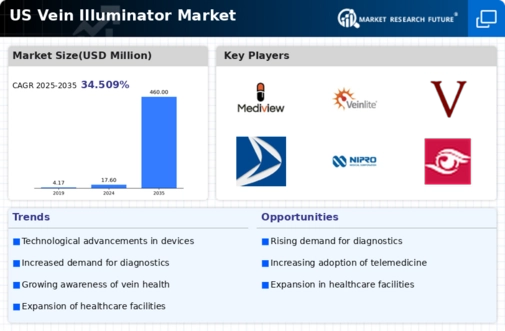
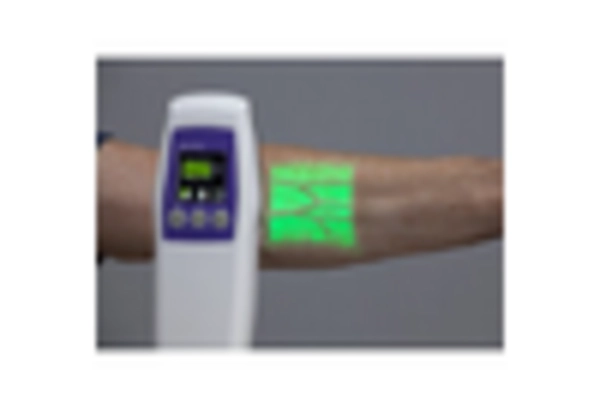
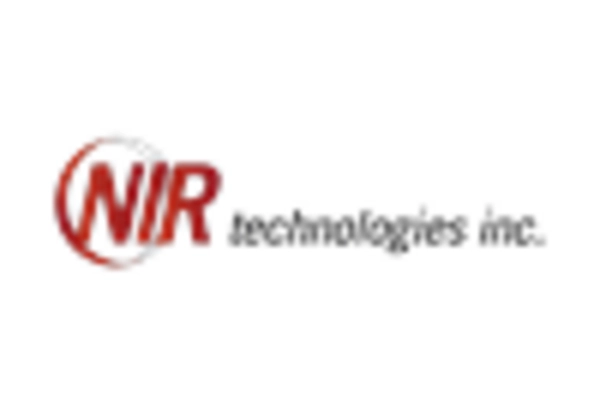
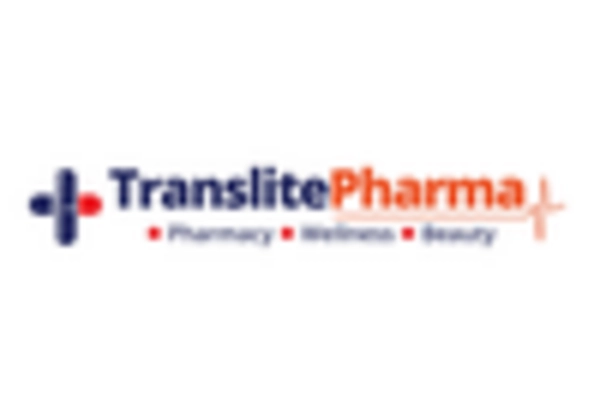
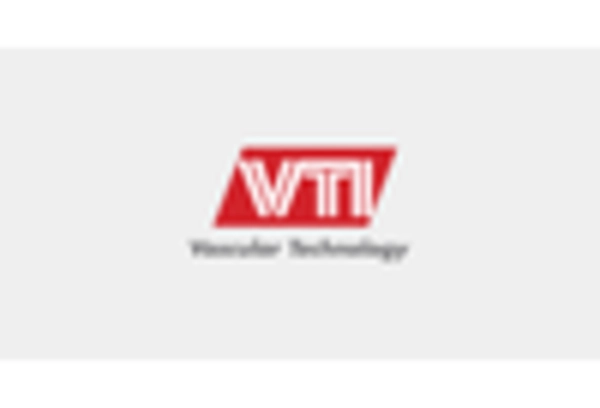

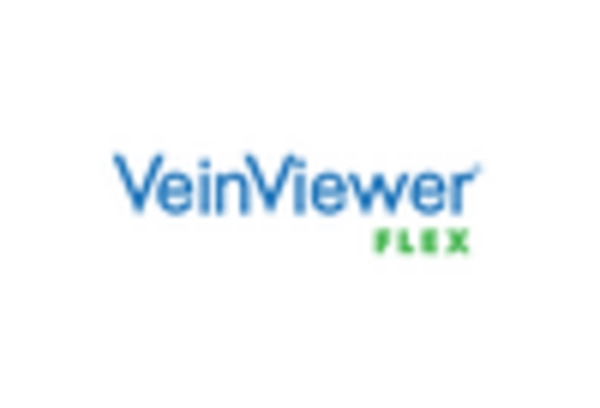








Leave a Comment